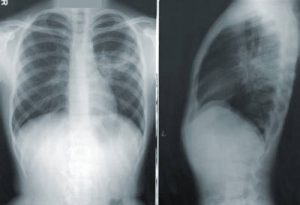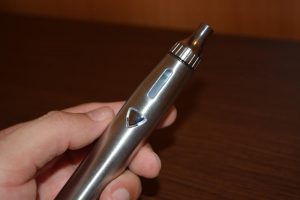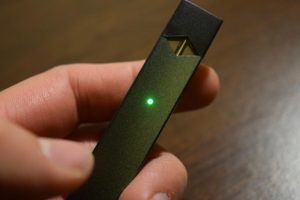E-Cigarette Use Not Linked to Wheezing in Teens, Longitudinal Study Finds
According to a recently-published cohort study from the University of Southern California, Los Angeles, vaping doesn’t appear to cause wheezing in teenagers.
 For this study Alayna P. Tackett, Ph.D., and her colleagues at the University of Southern California analyzed public data from the Population Assessment of Tobacco and Health (PATH) survey to see whether a history of e-cigarette use, combustible tobacco co-use, demographics, and various household characteristics were associated with wheezing among teenagers. An important aspect to note is that the researchers involved in this study opted for a longitudinal approach, to get a more accurate assessment of whether the above-mentioned factors contribute to wheezing in youths.
For this study Alayna P. Tackett, Ph.D., and her colleagues at the University of Southern California analyzed public data from the Population Assessment of Tobacco and Health (PATH) survey to see whether a history of e-cigarette use, combustible tobacco co-use, demographics, and various household characteristics were associated with wheezing among teenagers. An important aspect to note is that the researchers involved in this study opted for a longitudinal approach, to get a more accurate assessment of whether the above-mentioned factors contribute to wheezing in youths.
“A majority of the literature is focused on use measured at one time, such as ever or in the past 30 days, and limited data have examined whether long-term EC (electronic cigarette) use is associated with increased risk for adverse respiratory effects in adolescents,” the authors wrote.
The PATH study uses audio, computer-assisted self-interviews, available in English and Spanish, to collect self-reported information on tobacco use patterns and associated health behaviors. PATH currently consists of four waves of data collection, and the Tackett et.al study focuses on waves 3 (from October 19, 2015, to October 23, 2016) and 4 (December 1, 2016, to January 3, 2018).
The strength of using PATH data is access to a large number of participants, while its main limitation is the self-reporting method, with collected responses being subject to recall bias. As the authors dutifully note in their study, “respondents were asked to recall symptoms of wheezing during the past year, and thus, these data may be an inaccurate reflection of symptoms”.
After eliminating respondents suffering from asthma, because their inclusion in the analysis would have lead to imprecise, researchers were left with a pool of 7,049 participants. At wave 4, 568 of them reported wheezing in the last 12 months and in the unadjusted model, the authors of the study identified a statistically significant association between electronic cigarette use and wheezing in the previous 12 months. However, after adjusting for demographic factors and other “confounding variables”, they found that this association was not significant at all.
The above-mentioned cofounding variables included rules about the use of combustible and noncombustible tobacco products in the home, use of combustible tobacco products in the past 30 days, and time spent in close contact with a smoker in the past 7 days. As it turns out, these variables, along with demographic factors, impacted the researchers’ findings quite a bit.
Teenagers who reported having used e-cigarettes in the past year or less had an increased probability of combustible or noncombustible tobacco use permitted in the home, an increased probability of spending at least 1 hour in close contact with a smoker in the past 7 days and using a combustible tobacco product in the past 30 days. This suggests that having close contact with current smokers may be more strongly associated with the occurrence of wheezing in the past month than electronic cigarette use.
or noncombustible tobacco use permitted in the home, an increased probability of spending at least 1 hour in close contact with a smoker in the past 7 days and using a combustible tobacco product in the past 30 days. This suggests that having close contact with current smokers may be more strongly associated with the occurrence of wheezing in the past month than electronic cigarette use.
“In this cohort study, use of ECs alone was not associated with an increased risk of wheezing among
adolescents when other risk factors for respiratory symptoms were controlled,” the study authors concluded. “The findings suggest that other risk factors, including secondhand smoke exposure, may be associated with the development of negative respiratory symptoms among adolescents.”
Researchers also mentioned that the findings of this studies are consistent with “recent work suggesting that covariates (eg, secondhand smoke exposure) account for part of the association between EC use and wheezing episodes”. For example, McConnell and colleagues examined the association of e-cig use with self-reported wheezing, and after controlling for use of combustible tobacco, exposure to secondhand smoke, and past use of electronic cigarettes, this association was no longer significant.
Featured photo: CDC/Unsplash
















